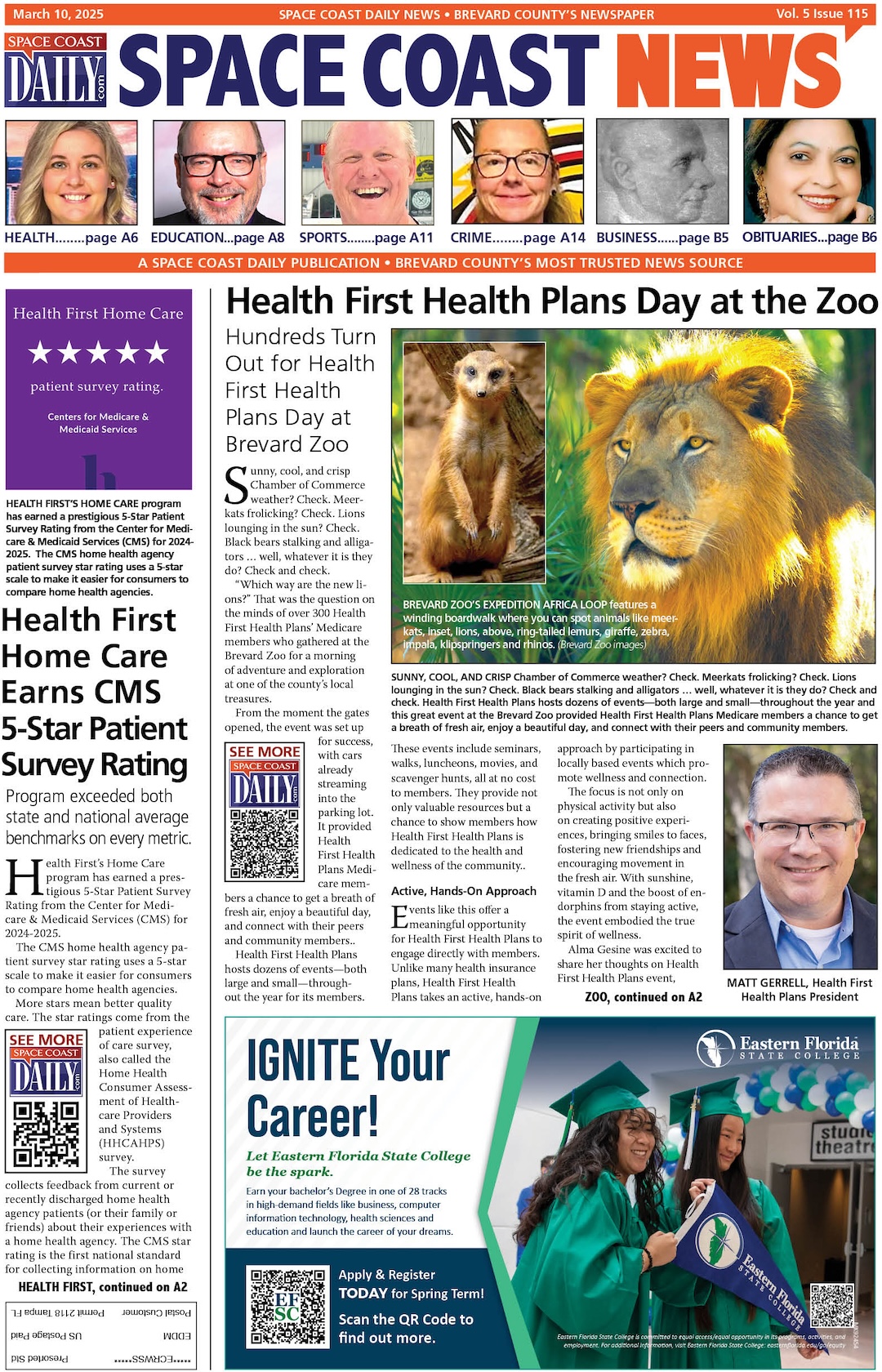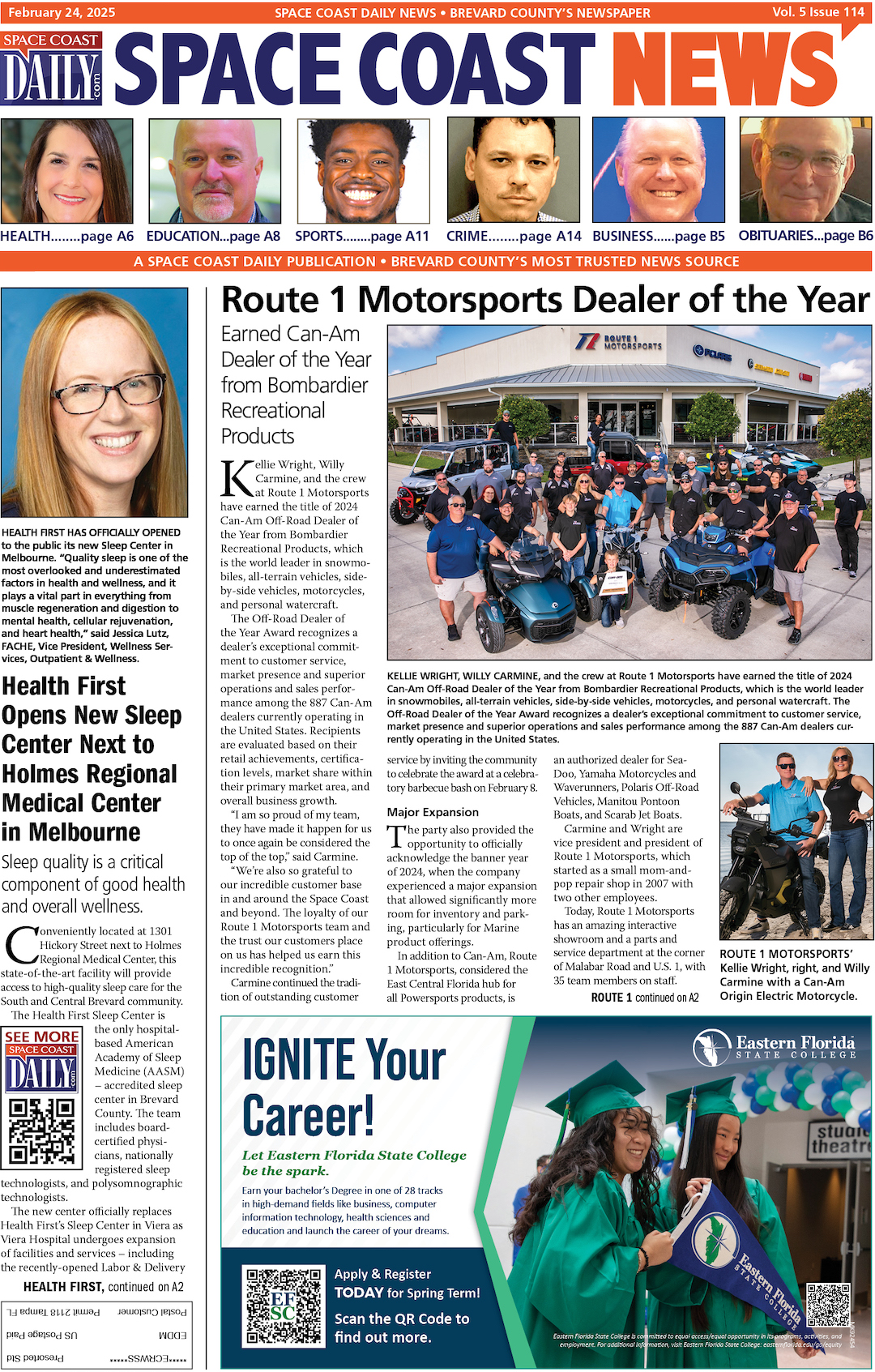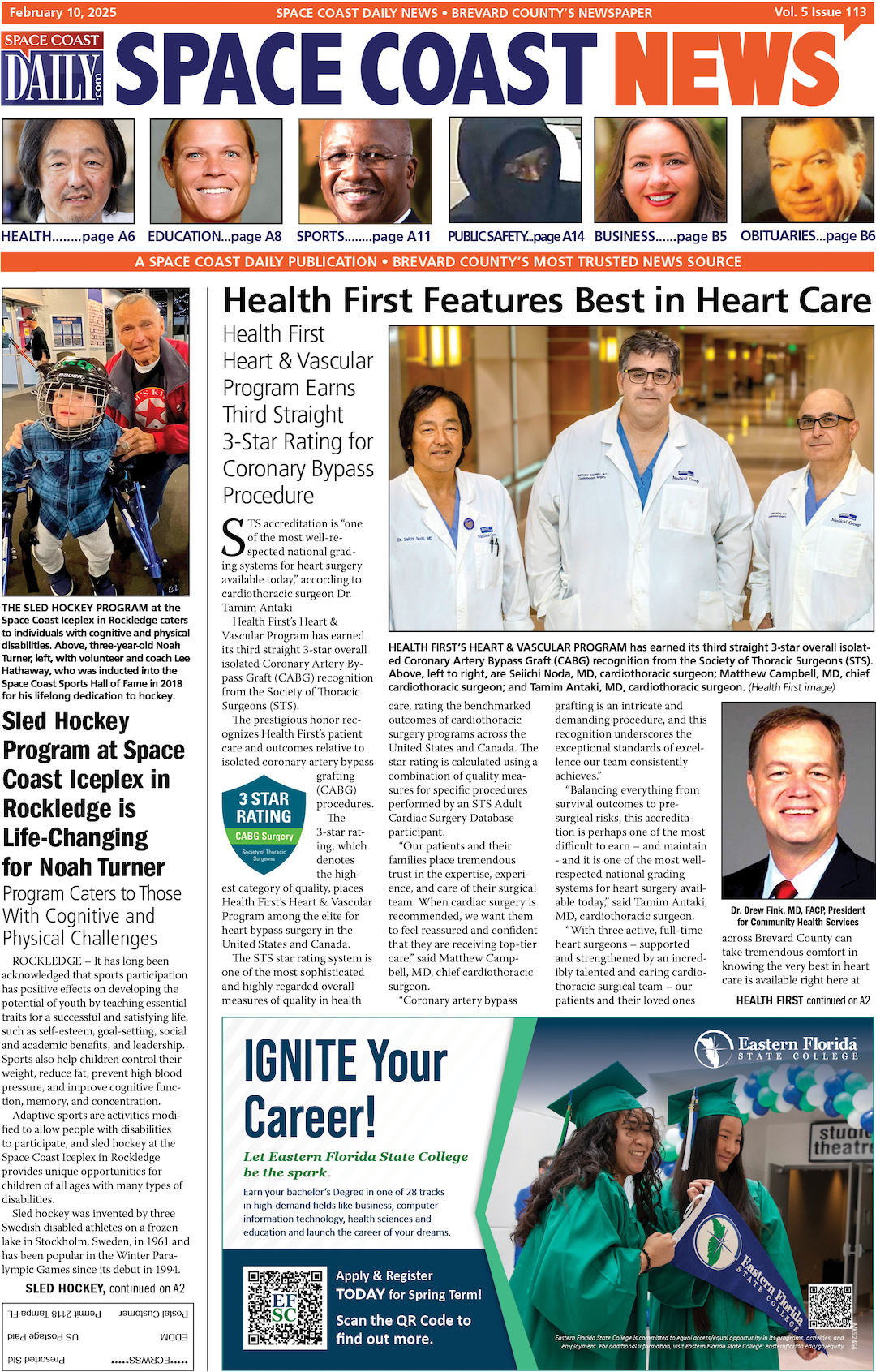Comprehensive Risk Assessment: Aspartame Safe!
By Dr. James Palermo // December 15, 2013
ASPARTAME BREAKDOWN PRODUCTS OCCUR NATURALLY IN OTHER FOODS
ABOVE VIDEO: Our bodies, our environment and our food are all made up of chemicals. Most of the chemicals in food are harmless or even beneficial. However, some chemicals in food can pose a risk if we are overexposed to them. That is why scientists establish ‘health-based guidance values’, that is safe levels of use, to protect consumers. One of EFSA’s toxicologists explains how scientists set these safe levels.
The safety of aspartame, a popular artificial, non-saccharide sweetener used as a sugar substitute (Nutrasweet, Equal) in thousands of products, including diet foods, sodas and other beverages, yogurts, chewing gum and other low-calorie or sugar-free foods, has been the subject of several political and medical controversies, congressional hearings and Internet hoaxes since it was first approved by the U.S. Food and Drug Administration (FDA) for use in food products 32 years ago.

A recent risk assessment undertaken by the European Food Safety Authority (EFSA) involving rigorous review of both animal and human studies on aspartame and its breakdown products concluded that the artificial sweetener is safe for human consumption at current acceptable daily intake levels.
The Coca Cola Co., which recently launched an advertising campaign to dispel fears about aspartame containing Coke products after other studies showed that aspartame might be dangerous, was delighted with the EFSA’s findings.
MOST COMPREHENSIVE ASPARTAME RISK ASSESSMENT EVER
An agency of the European Union (EU), the EFSA provides independent scientific advice and communication on existing and emerging risks associated with food products.
 It is thought by experts that the EFSA’s study on aspartame was one of the most comprehensive risk assessments ever undertaken.
It is thought by experts that the EFSA’s study on aspartame was one of the most comprehensive risk assessments ever undertaken.
The EFSA’s panel of food safety research experts found that, after aspartame is consumed, it breaks down into three substances: methanol, aspartic acid, and phenylalanine — all of which occur naturally in other foods.
PHENYLALANINE PRIMARY FOCUS OF PANEL’S REVIEW
The panel members focused on phenylalanine, one of the essential amino acids that are integral components of proteins and the most concerning substance of the three based on animal studies. The researchers concluded that the body is capable of processing the phenylalanine if a person consumed 40 mg of aspartame per kilogram of body weight each day (approximately 2,800 mg. for an average adult). A 12-ounce carbonated diet soft drink contains 180 mg. of aspartame and a stick of gum 6-8 mg.

In the U.S. the FDA considers aspartame to be toxic with excessively high consumption and advises that people consume less than 50 mg of aspartame per kilogram of body weight each day.
These Acceptable Daily Intake (ADI) levels set by food safety regulators are usually an estimate of the amount a person can consume each day over a lifetime without risking their health.
For most foods and beverages with added aspartame, people would have to consume an exceptional amount every day for their entire lives to exceed these established EU and U.S. ADIs.
PEOPLE WITH PHENYLKETONURIA MUST AVOID ASPARTAME
The panel members did note that people with a serious, inherited metabolic disorder called phenylketonuria (PKU), which prevents the metabolism of phenylalanine and affects around 1 in 10,000 people, should be very vigilant to avoid aspartame all together.
ASPARTAME SAFETY ENDORSED BY REPUTABLE ORGANIZATIONS
EFSA risk assessment also concluded that:
- Apart from the already stated exception of women with PKU, there is no risk to the developing fetus from exposure to phenylalanine derived from aspartame at the current ADI.
- Aspartame does not cause cancer, harm the brain or nervous system or affect behavior or cognitive function of children or adults.
Aspartame has also been reviewed by The American Heart Association, the American Diabetes Association and the American Academy of Nutrition and Dietetics and found to be safe.












